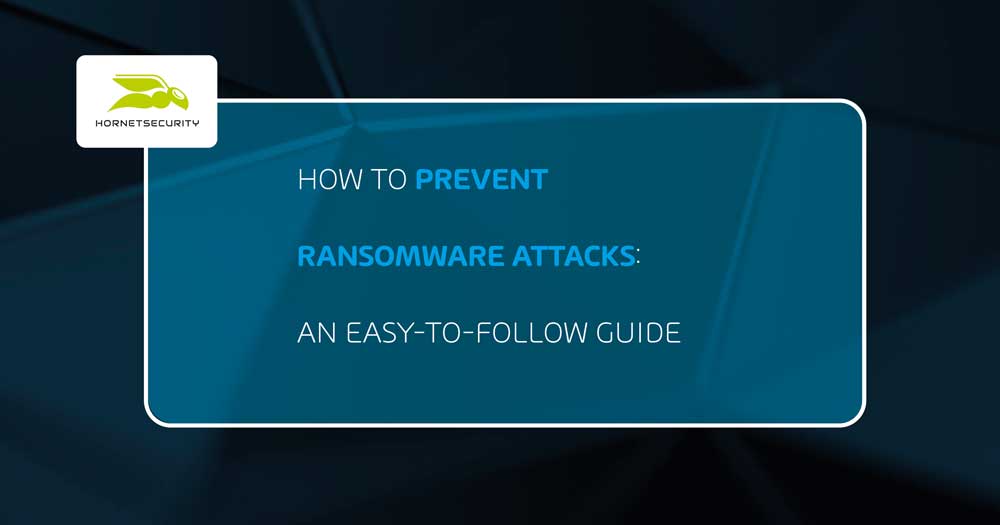Knowledge base
Explanations of terms and information from the world of IT security
Our knowledge database provides you with valuable information on various topics in the field of IT security. Learn which dangers exist and how you can specifically counter these threats to ward off CEO fraud, ransomware, phishing and the like. In addition, you’ll find an overview of relevant terms in the field of information security.
IT Security
Whenever an organization communicates online and stores and transfers data and information, it must ensure its IT security. But what exactly is this?
Malware
The term malware is used to describe all kinds of malicious software. The focus here is on malware that is loaded onto the device in order to cause damage.
Emotet
What is Emotet? And how can I protect myself from Emotet? Measures to protect against the most dangerous malware Emotet.
Brute-Force attacks
A brute-force attack is a trial-and-error method used to obtain information such as passwords or other access codes. Here, the attacker tries a variety of …
Computer Virus
What exactly is a computer virus? What are the chances of eliminating one? And what kind of protection is really effective against them?
Cryptolocker Ransomware
The cryptolocker ransomware was a polymorphic virus, which was used to encrypt computer systems. The only option affected …
Trojans
Insidiously, as in the famous mythology, a Trojan horse attacks computers, steals data and damages the system.
DDoS Attack
The abbreviation DDoS stands for Distributed Denial Of Service. A DDoS attack is a type of DoS attack in which several hijacked systems are used to carry out an attack against the target system.
Ransomware Kill Chain (1)
Why is ransomware not a typical cyberattack? Normally, the data theft remains undetected. This is especially true when the systems …
Ransomware Kill Chain (2)
How to use the Ransomware Kill Chain model to devise countermeasures? The Ransomware Kill Chain using Wanna Cry as an example …
Ransomware
The word “ransomware” comes from the English language and contains the term “ransom”, which means “held hostage for money”…
Phishing
Phishing is an electronically executed fraud attempt in which the recipient is sent a fake e-mail that he often does not recognize as such at first…
Crypto Mining
With the establishment of cryptocurrency, the era of a new means of payment has been ushered Crypto Mining in. To better understand the miners’ gold rush, we have summarized the most important facts.
Social Engineering
Even with the best technical security precautions, every company has a risk factor that is difficult to control: the human one. What exactly is social engineering and how can you protect yourself?
Computer Worm
A computer worm is a malicious program that reproduces itself as it spreads to as many computers as possible. This makes the it particularly dangerous for companies.
Cyber Kill Chain
To identify and combat attacks along the Cyber Kill Chain in time, you need to understand the strategies of the criminals …
Spear Phishing
Spear phishing is a cyber attack with extremely malicious intent that is derived from traditional phishing. In a conventional phishing attack, the target persons fall randomly into the attacker’s grid.
GoBD
GoBD are the Principles for properly maintaining, keeping and storing books, records and documents in electronic form and for data access, as provided …
Business Email Compromise (BEC)
Business Email Compromise (BEC) is characterized according to its different forms. In addition to compromising an employee’s email account, methods such as spear phishing or CEO fraud are also used, the latter being preferred by criminals for gaining access to confidential company information or money.
Cryptography
Today, encryption is mainly thought of as an IT term, because data, e-mails, computers etc. are encrypted. But that was not always so. Encryption actually has its origins back in the year 480. And until a few years ago, encryption was primarily used in espionage or in top-secret government communications.
The most important IT news. Read our latest blog posts

QUARTER OF UK BUSINESSES AREN’T USING AI TO BOLSTER CYBERSECURITY
New survey from cybersecurity provider Hornetsecurity reveals that half (45%) of UK businesses have been victims of a cyberattack 3 in 5 businesses are most concerned about AI-assisted phishing 1 in 10 describe themselves as ‘not ready at all’ for a zero-day...

Vade joins Hornetsecurity Group, creating a European cybersecurity leader
Partnership aims to position the group as the preeminent cybersecurity provider for customers and partners in Europe who value data sovereignty and best-in-class cloud, compliance and digital communications security services Hanover, Germany and Hem, France (5 March...

How to Prevent Ransomware Attacks: An Easy-to-Follow Guide
It's been the scourge of businesses globally for several years now, and shows no sign of abating - ransomware, which makes ransomware attack prevention crucial. Not a new threat, but growing in seriousness over the last few years, aided by the ease for the criminals...
